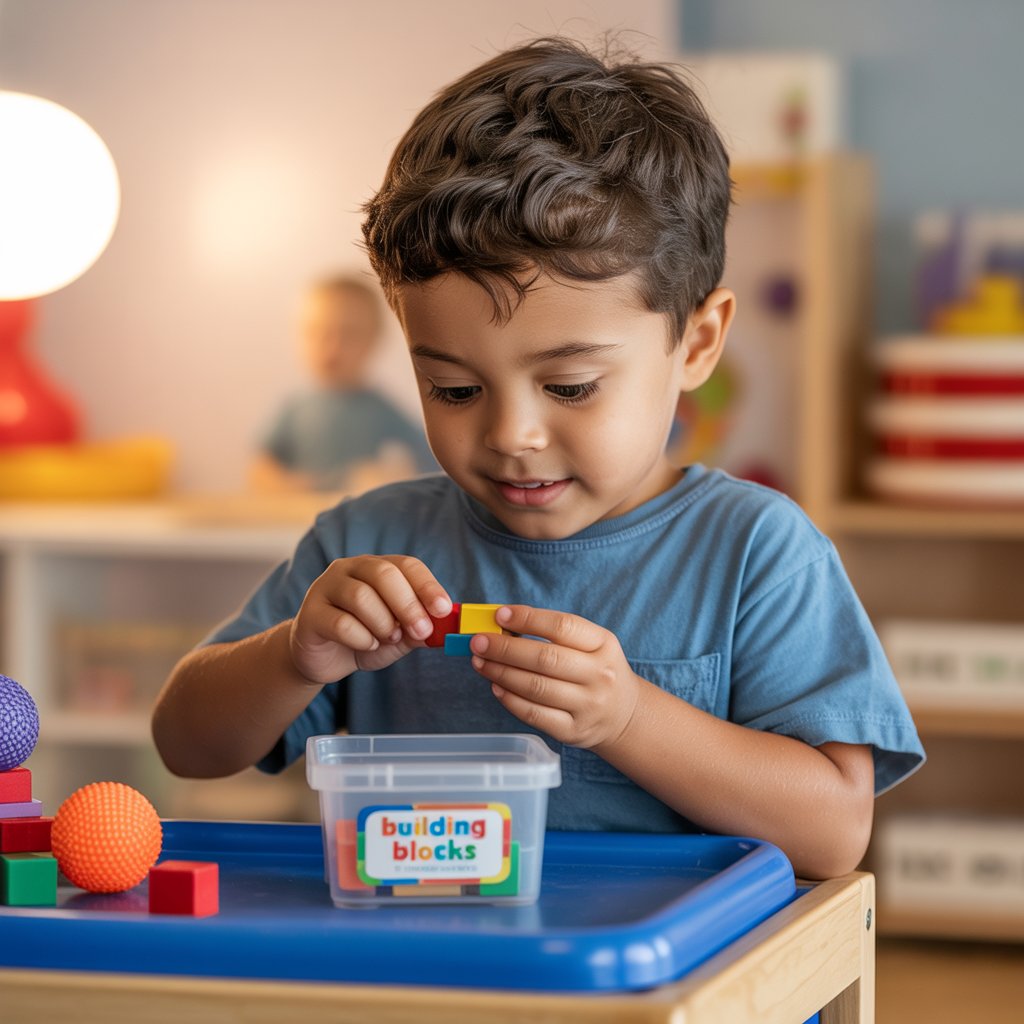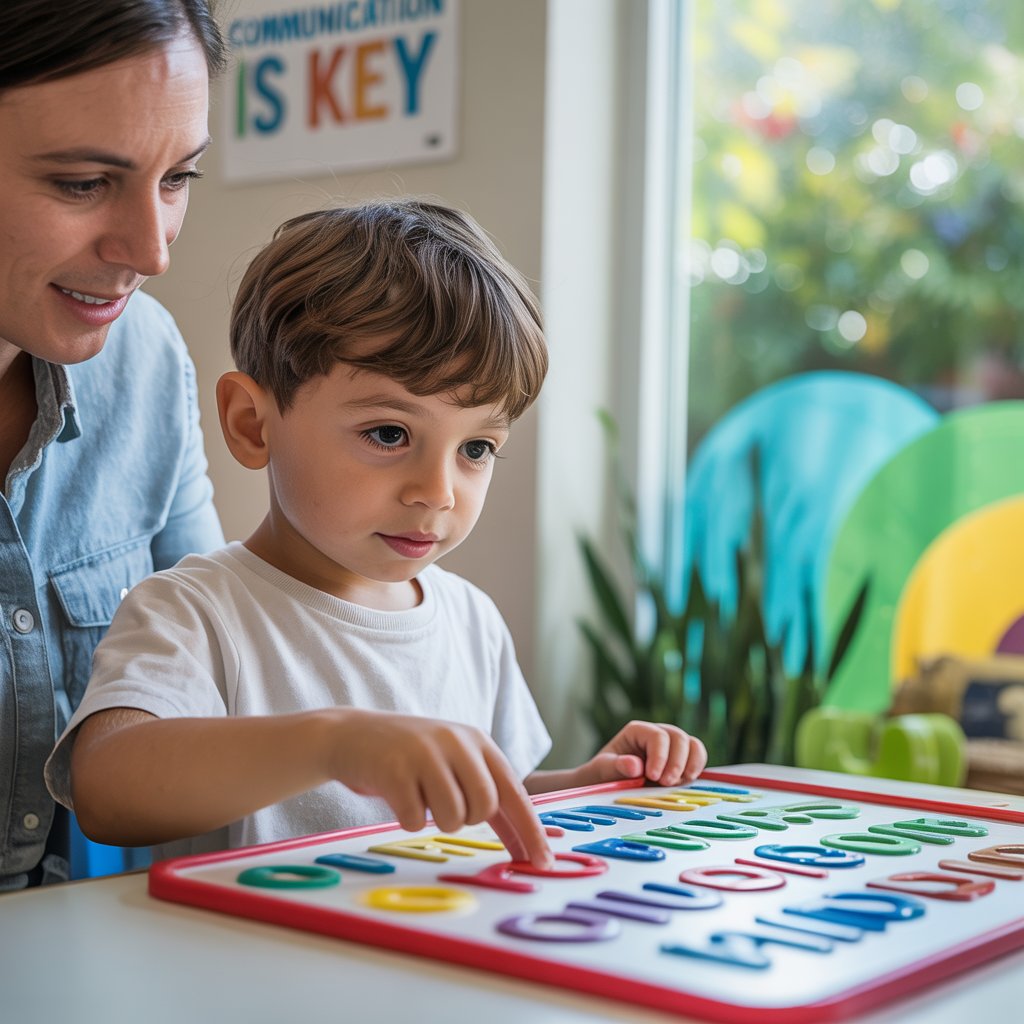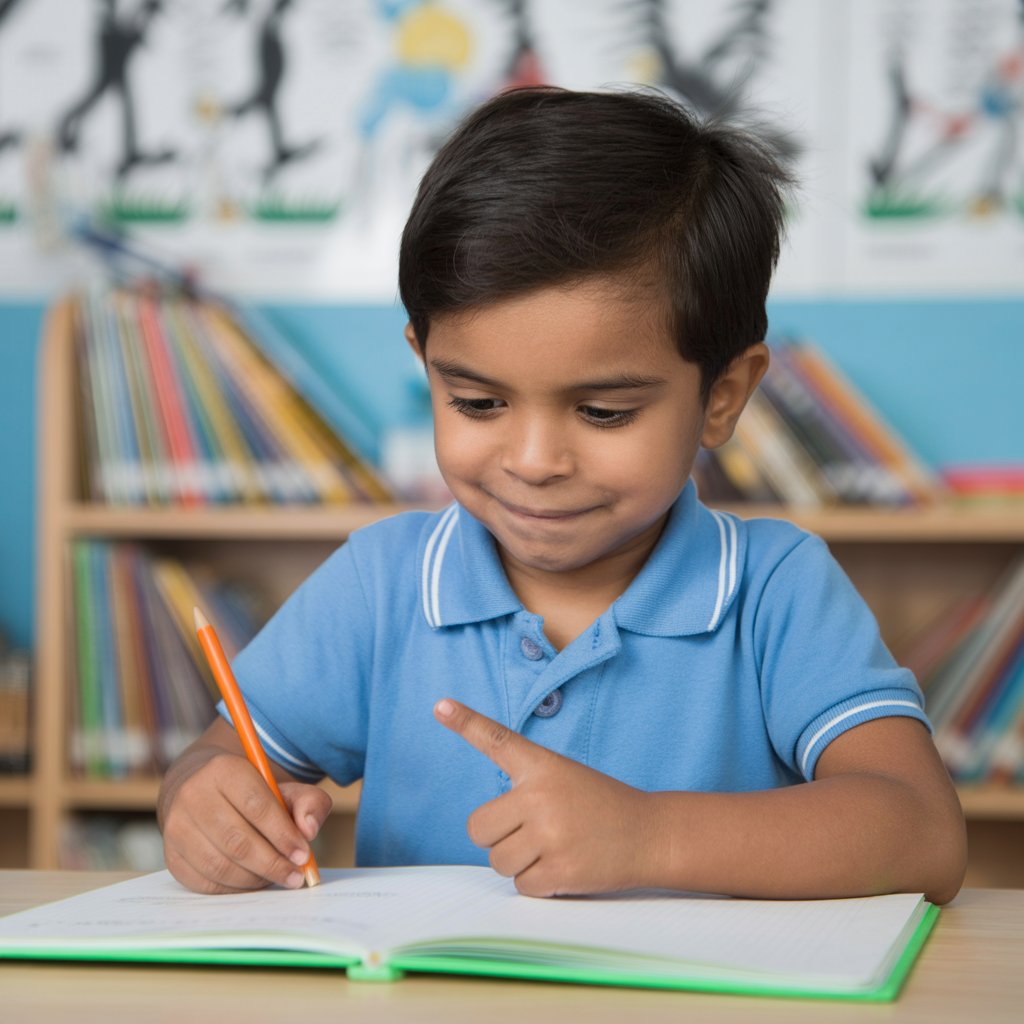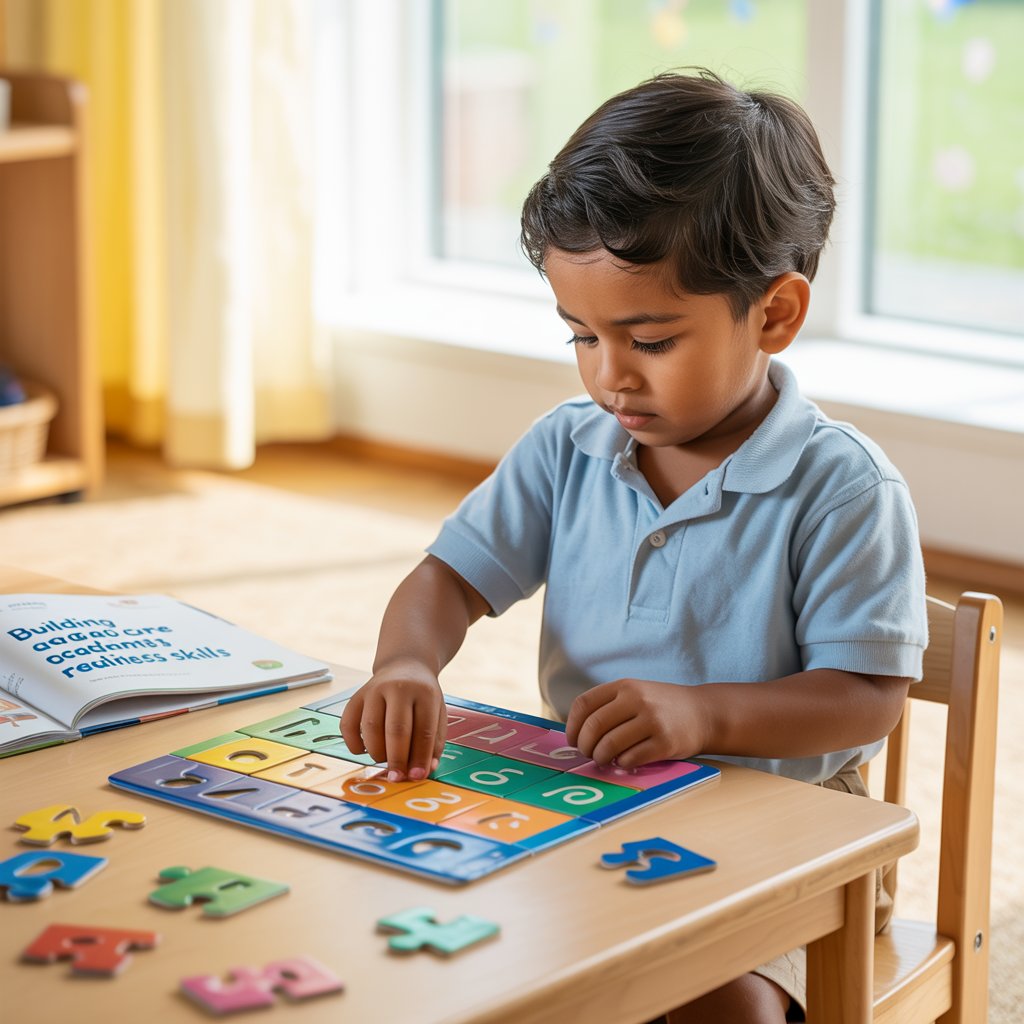Effective Strategies to Develop Fine Motor Skills

Evidence-based therapies and interventions
Occupational therapy stands at the forefront of helping autistic children develop fine motor skills. OTs use systematic approaches tailored to each child's unique profile. Many families see dramatic improvements when therapy focuses on both strength and precision movements.
Applied Behavior Analysis (ABA) techniques work wonders when adapted specifically for fine motor challenges. Breaking down complex skills into manageable steps creates a clear path forward. A child struggling with scissors might first practice just opening and closing them before attempting to cut paper.
The DIR/Floortime approach takes a relationship-based angle, building fine motor practice into naturally motivating interactions. Parents often notice their children engage longer when activities connect to their special interests.
TEACCH methodology uses visual supports and structured teaching that many autistic kids respond to brilliantly. Those visual schedules showing step-by-step hand movements for tying shoes? Game changers for many families.
Sensory Integration Therapy addresses underlying sensory processing issues that might be blocking fine motor development. When a child's sensory needs are met first, their hands often become steadier and more coordinated.
The research shows consistent practice yields the best results—15-20 minutes daily beats an hour-long session once a week.
Play-based activities that strengthen hand muscles
Play doesn't just make therapy fun—it's essential for building hand strength without kids even realizing they're "working."
Playdough and therapy putty activities top the list for developing hand muscles. Rolling tiny balls between fingers, making snakes, cutting with plastic scissors—these activities build critical intrinsic hand muscles. Try adding small beads or coins inside putty for kids to find—they'll strengthen their fingers while having a treasure hunt!
Water play with squeeze toys, turkey basters, and spray bottles transforms bath time into therapy time. The resistance of water provides natural feedback while squeezing develops those all-important hand muscles.
Building block activities aren't just for gross motor skills. The precision required to connect small blocks targets fine finger control while supporting creativity. Start with larger blocks for kids with significant challenges, then gradually introduce smaller pieces.
Threading activities—from large wooden beads to Cheerios on pipe cleaners—build hand-eye coordination and pincer grasp. For kids who resist traditional threading, try:
- Pushing straws through holes in a plastic container lid
- Threading pipe cleaners through colander holes
- Stringing their favorite themed beads (dinosaurs, planets, etc.)
Simple household activities double as therapy:
- Tearing paper for art projects
- Using tweezers to sort small objects
- Opening containers with different types of lids

Adaptive tools and technologies that support development
The right tools can bridge the gap between frustration and success for autistic children developing fine motor skills.
Pencil grips come in countless shapes and sizes because what works for one child might not work for another. The triangle-shaped grips tend to work for beginners, while more specialized grips address specific grasp patterns. Keep trying until you find the right fit!
Scissors with training wheels? Absolutely! Adaptive scissors range from spring-loaded options to connected versions where adults can guide a child's movements. These tools build confidence while teaching proper technique.
Slant boards transform writing posture and control. When paper sits at a 20-30 degree angle, wrist position naturally improves and visual attention typically increases. Many therapists swear by this simple tool that can be made from a 3-ring binder in a pinch.
Stabilization tools stop paper from sliding around during writing or cutting activities. Non-slip mats, tape, and weighted paperweights make a world of difference for kids struggling with using both hands together.
Digital tools have revolutionized fine motor practice. Apps like Dexteria Jr. turn finger exercises into games, while stylus-based drawing programs provide increased tactile feedback compared to finger-only tablet use.
Weighted utensils and tools provide additional sensory feedback that many autistic children respond to positively. That extra input helps develop awareness of hand position and movement patterns.
Incorporating sensory considerations into fine motor practice
Sensory experiences are inseparable from fine motor development in autistic children. Smart practitioners address both simultaneously.
Many autistic kids need to "wake up" their hands before fine motor work. Quick sensory prep activities make a huge difference:
- Hand brushing with a soft therapy brush
- "Hand sandwiches" with gentle pressure
- Dipping hands in textured materials like rice or beans
Seating and positioning dramatically impact fine motor success. Feet flat on the floor, core supported, shoulders relaxed—these postural elements create the foundation for skilled hand movements. When a child's body feels secure, their hands work better.
Sensory-friendly materials matter enormously. That paper might feel like sandpaper to some autistic children. Offering options—smooth paper, textured paper, slick whiteboard surfaces—allows children to work with materials that don't trigger sensory aversions.
Environmental considerations can make or break a fine motor session. Many autistic children work best with:
- Reduced background noise
- Consistent, non-flickering lighting
- Minimal visual distractions
- Regular movement breaks
Remember that sensory thresholds fluctuate. A child who handled scissors comfortably yesterday might struggle today because of overall sensory dysregulation. Building flexibility into practice sessions acknowledges this reality.
The most successful fine motor programs recognize that sensory processing directly impacts hand skills. When we honor sensory needs first, motor skills often follow naturally.







